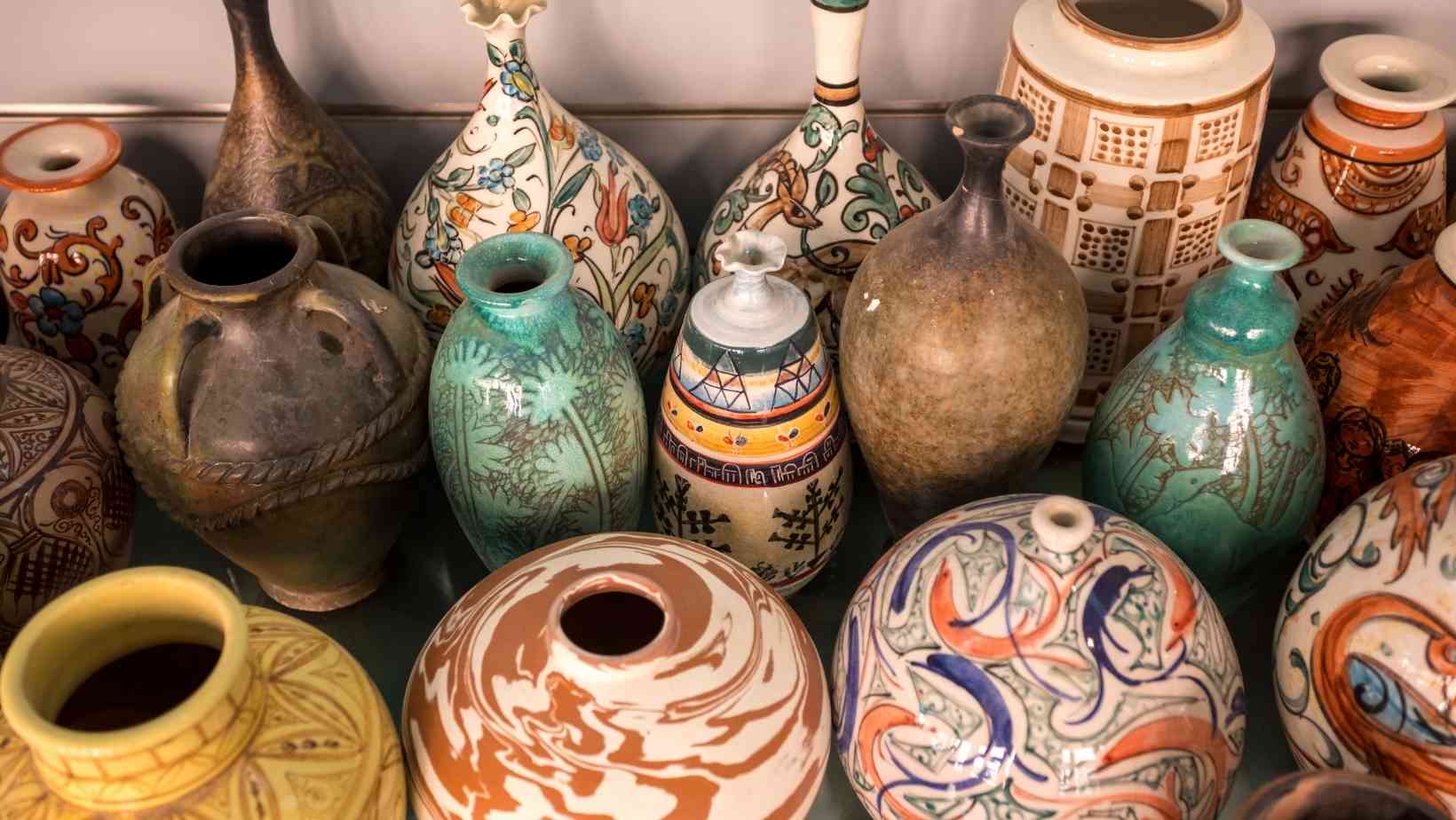

Articles
How To Identify Antique Vases
Modified: February 7, 2024
Learn how to identify antique vases with informative articles. Gain insights into the various styles and markings of valuable vintage vases.
(Many of the links in this article redirect to a specific reviewed product. Your purchase of these products through affiliate links helps to generate commission for Storables.com, at no extra cost. Learn more)
Introduction
Welcome to our comprehensive guide on how to identify antique vases. Antique vases are not only beautiful decorative pieces but also valuable artifacts that can tell us rich stories of history, culture, and craftsmanship. Whether you’re a passionate collector or someone who stumbled upon an old vase and wants to know its worth, this article will serve as your roadmap to understanding and identifying antique vases.
Antique vases come in a wide variety of shapes, sizes, and materials, each with its own unique attributes and characteristics. Identifying an antique vase requires a keen eye and knowledge of different factors such as materials, construction techniques, design elements, markings, and more. Our guide will take you through these important aspects step by step to help you unravel the mystery of your antique vase.
Before we dive into the specifics, it’s important to note that dating an antique vase can be challenging, as styles and production techniques often overlap in different periods. Furthermore, there might be reproductions or modern copies that closely resemble original antique vases. Therefore, it is important to use a combination of techniques and expert opinions to ascertain the authenticity and age of an antique vase.
So, if you’re ready to embark on a journey through time and discover the secrets of antique vases, let’s start with understanding the different types of vases and their historical significance.
Key Takeaways:
- Unravel the rich history and craftsmanship of antique vases by understanding their types, materials, and design elements. Embrace the journey of identifying and appreciating these timeless artifacts.
- Care for your antique vases with mindful handling, gentle cleaning, and proper storage to preserve their beauty and historical significance for generations to come.
Read more: How To Identify Authentic Antique Porcelain
Understanding Antique Vases
Antique vases are vessels that have been crafted and used throughout history for various purposes. They served as functional containers for holding flowers, water, or other liquids, as well as decorative pieces that showcased the artistic prowess of the makers. Understanding the various types of antique vases will provide a foundation for identifying and appreciating their unique characteristics.
One of the most popular types of antique vases is the Greek amphora, which dates back to ancient Greece. These vases were used to store and transport a wide range of products, including wine, oil, and grains. Greek amphorae are known for their distinct shapes, with a narrow neck, two handles, and a round body. They often featured intricate painted scenes that depicted mythology, everyday life, or historical events.
In contrast, Chinese porcelain vases are renowned for their exquisite craftsmanship and delicate beauty. Chinese porcelain has a long history that dates back thousands of years, and it went through various dynasties. Some popular types of Chinese porcelain vases include the Ming vases, characterized by their blue and white color scheme, and the Qing vases, which display intricate enamel decoration.
Another notable type of antique vase is the Art Nouveau vase, which emerged during the late 19th and early 20th centuries. These vases are known for their organic forms, flowing lines, and highly decorative motifs. Art Nouveau vases often feature elements inspired by nature, such as flowers, leaves, and vines, and they were crafted from a variety of materials, including glass, ceramic, and metal.
Understanding the historical context and evolution of different types of antique vases is crucial for identifying and appreciating their unique characteristics. By familiarizing yourself with the distinctive features of each type, you’ll be better equipped to determine the age, origin, and value of an antique vase.
Examining the Materials and Construction
The materials and construction techniques used in antique vases can provide valuable clues about their age, authenticity, and craftsmanship. Examining these aspects requires a close inspection of the vase’s composition, surface texture, and construction methods.
One of the primary materials used in antique vases is ceramic. Ceramic vases can be made from various types of clay, each with its own unique properties. Earthenware, for example, is a commonly used clay that produces porous and less durable vases. Porcelain, on the other hand, is a type of ceramic that is fired at very high temperatures, resulting in a smooth and translucent finish.
When examining a ceramic vase, take note of the surface texture. Antique vases often exhibit signs of aging, such as crazing (web-like cracks on the glaze) or patina (a natural discoloration of the surface). These signs can indicate the age and authenticity of the piece.
Another material commonly used in antique vases is glass. Glass vases can be made in various styles, such as Art Deco or Victorian. Look for signs of hand-blown glass, such as irregularities in shape or bubbles trapped within the glass. These imperfections are characteristic of handmade glassware and can indicate that the vase is an antique.
Construction techniques can also provide insights into the authenticity of an antique vase. For instance, if a vase is made of multiple pieces, carefully examine the joints and seams. Genuine antique vases are often constructed with precision, with seamless joints that are carefully disguised. In contrast, modern reproductions or repairs may show signs of visible glue or uneven seams.
Additionally, pay attention to the details of the vase’s handles or spouts. Look for signs of hand-carving or molding, which can indicate that the vase was crafted using traditional methods. Mass-produced or machine-made vases, on the other hand, may have more uniform and less intricate details.
By examining the materials and construction of an antique vase, you can gain valuable insights into its age, craftsmanship, and authenticity. However, it’s important to note that identifying materials and construction techniques may require expert knowledge or consultation with professionals in the field.
Assessing the Design and Style
The design and style of an antique vase can provide valuable clues about its origin, period, and artistic influences. By carefully assessing these aspects, you can gain a deeper understanding of the vase’s historical and aesthetic significance.
Begin by examining the overall shape and form of the vase. Antique vases come in a wide range of shapes, including urns, amphorae, baluster vases, and more. Each shape was popular during different historical periods and cultural movements. For example, the elegant and elongated form of an Art Deco vase reflects the artistic style of the early 20th century, characterized by geometric shapes and sleek lines.
Next, pay attention to the decorative elements of the vase. Antique vases often feature intricate patterns, motifs, or imagery that reflect the prevailing artistic movements of their time. For instance, Art Nouveau vases are known for their nature-inspired designs, featuring flowing lines and organic forms. Meanwhile, Victorian vases may incorporate ornate floral patterns or figurative scenes.
Consider the color palette used in the vase’s design. Certain colors or color combinations were popular during specific periods. For example, vibrant blues and whites were commonly used in Ming Dynasty Chinese porcelain vases, while pastel hues were characteristic of Art Deco vases.
Additionally, examine the craftsmanship and level of detail in the design. Look for finely painted or engraved details, such as delicate brushstrokes, intricate carving, or gilding. High-quality craftsmanship and attention to detail are indicators of the vase’s value and authenticity.
Comparing the design and style of the vase to examples from different historical periods and cultural movements can help you narrow down its potential origin. Researching the various styles and artistic movements prevalent during a particular time period can provide insights into the design influences of the vase.
It’s important to note that sometimes antique vases may exhibit a fusion of different styles or influences. This can be due to cross-cultural exchanges, artistic experimentation, or transitional periods. In such cases, consulting experts or referencing specialized literature can help in accurately identifying the design and style of the vase.
By carefully assessing the design and style of an antique vase, you can gain valuable insights into its historical and artistic context. This knowledge will allow you to appreciate the vase’s aesthetic beauty and identify its place in the timeline of artistic evolution.
Identifying the Age and Origin
Determining the age and origin of an antique vase is a crucial step in assessing its value and historical significance. While it can be challenging to pinpoint the exact age and origin of a vase, there are several factors to consider that can help you narrow down the possibilities.
One of the first factors to examine is the decorative style of the vase. Different periods and regions had distinctive artistic styles and motifs. For example, ancient Greek vases often featured scenes from mythology or daily life, while Chinese porcelain vases may display intricate landscapes or symbols of good fortune.
Next, examine any markings or labels on the vase. These can include factory marks, artist signatures, or stamps. These markings can provide valuable information about the vase’s origin, maker, or production period. However, it’s important to note that not all antique vases will have markings, and sometimes even marked vases can be challenging to attribute to a specific time or place.
Another important factor to consider is the manufacturing techniques used in the vase’s production. Different periods and regions employed varying techniques, such as hand-painting, transfer printing, or enamel decoration. By identifying the techniques used, you can gain insights into the vase’s age and place of origin.
Examining the materials used in the vase can also provide clues about its age and origin. Different types of clay, glazes, or glass compositions were popular during specific historical periods or in certain regions. Consulting reference books or experts can help in identifying the materials and their corresponding time periods.
Researching historical records, catalogues, or auction records can also be helpful in determining the age and origin of an antique vase. These resources can provide documentation or descriptions of similar vases that have been authenticated and dated. Comparing your vase with these records can provide valuable insights.
It’s important to approach the identification process with caution and to rely on multiple sources of information. Sometimes, it may be necessary to consult experts, such as appraisers, historians, or curators, who specialize in the specific type of antique vase you are trying to identify. Their expertise and knowledge can be invaluable in accurately determining the age and origin of a vase.
Identifying the age and origin of an antique vase requires careful research, examination, and consultation with experts. While it may not always be possible to determine these details with absolute certainty, the process itself can deepen your understanding and appreciation of the vase’s historical significance.
Look for maker’s marks or signatures on the bottom of the vase, research the style and design to determine the era it was made, and consult with antique experts or appraisers for further guidance.
Read more: How To Identify Antique Persian Rugs
Evaluating the Markings and Signatures
Markings and signatures on an antique vase can provide valuable information about its origin, maker, and authenticity. Careful evaluation of these markings can help you determine the historical significance and potential value of the vase.
One of the first steps in evaluating markings and signatures is to carefully examine them. Look for any inscriptions, symbols, or numbers on the base or body of the vase. These markings can vary in style and complexity, ranging from simple factory marks to elaborate artist signatures.
Factory marks are often found on mass-produced vases and provide information about the pottery or manufacturing company that produced the piece. These marks can consist of initials, names, logos, or symbols. Researching these factory marks can lead you to catalogs or databases that provide details about the time period and production techniques associated with the mark.
If you come across an artist’s signature, it is important to verify its authenticity. Some well-known artists or pottery studios had specific ways of signing their pieces. Researching the artist’s signature or consulting specialized reference books can help you determine if the signature matches known examples. It’s important to note that not all antique vases will have artist signatures, particularly if they were produced during earlier periods.
In addition to markings and signatures, the presence of labels or stickers can also provide valuable information. These labels may include information about the origin, maker, or previous owners of the vase. They can provide additional context and assist in the identification process.
However, it’s important to exercise caution when evaluating markings and signatures, as not all marks are authentic or reliable indicators of age or origin. Over time, reproductions or forgeries can emerge, mimicking the style of genuine antique marks. Sometimes, upcycled or altered vases may also have added markings to enhance their value. Consulting experts, such as appraisers or reputable antique dealers, can help you authenticate the markings and signatures.
Remember that the absence of markings does not necessarily mean a vase is not valuable or antique. Some antique vases were intentionally left unmarked or may have worn off over time.
Evaluating the markings and signatures on an antique vase requires a combination of research, observation, and expert knowledge. By carefully examining these markings and consulting reputable sources, you can gain valuable insights into the origin, maker, and potential value of your vase.
Determining the Value and Rarity
Determining the value and rarity of an antique vase is an important step in understanding its worth and desirability among collectors. The value of an antique vase is influenced by factors such as age, condition, rarity, artistic merit, and historical significance. Here are some key considerations in determining the value and rarity of an antique vase.
1. Age: Generally, older antique vases tend to have higher value, especially if they are from a sought-after period or style. Vases from ancient civilizations or renowned historical periods often command significant value due to their scarcity and historical importance.
2. Condition: The condition of an antique vase plays a crucial role in its value. Vases that are free from cracks, chips, or significant damage are more valuable. Mint condition vases with minimal signs of wear or restoration will generally fetch higher prices.
3. Rarity: The rarity of an antique vase can greatly impact its value. If a vase is one-of-a-kind, made by a renowned artist, or produced in limited quantities, its rarity will increase its desirability among collectors, resulting in a higher value. Unusual shapes or uncommon patterns can also contribute to a vase’s rarity.
4. Artistic Merit: The artistic quality and craftsmanship of an antique vase are important factors in determining its value. Vases that exhibit exceptional artistry, intricate details, or innovative designs are highly sought after by collectors and will command higher prices. Pieces created by renowned artists or from prominent pottery studios are also typically valued more for their artistic merit.
5. Historical Significance: Antique vases that have a distinct historical or cultural significance often have higher value. For example, vases that were owned by notable individuals, used in important events, or represent a significant period in history can fetch higher prices due to their historical importance.
6. Market Demand: The demand for a specific type of antique vase can greatly influence its value. Trends among collectors can shift over time, causing fluctuations in the value of certain styles or periods. Monitoring the market and consulting experts or dealers can help gauge the current demand and value of an antique vase.
It’s important to note that determining the value of an antique vase is not an exact science and can vary depending on factors such as location, expertise of the appraiser, and current market conditions. If you are unsure about the value of your vase, consulting a reputable antique appraiser or dealer can provide valuable insights.
By considering the age, condition, rarity, artistic merit, historical significance, and market demand, you can gain a better understanding of the value and rarity of an antique vase. These factors, along with expert advice, will assist you in making informed decisions regarding buying, selling, or collecting antique vases.
Care and Maintenance of Antique Vases
Proper care and maintenance are crucial to preserving the beauty and longevity of your antique vases. These delicate treasures require attention and mindful handling to prevent damage and deterioration over time. Here are some essential tips to help you care for and preserve your antique vases.
1. Handling: When handling antique vases, always use clean hands and handle them with care. Avoid gripping the vase too tightly or putting excessive pressure on delicate areas. If possible, wear soft cotton gloves to prevent oils and fingerprints from transferring to the surface.
2. Cleaning: Regular cleaning is essential to remove dust and debris from the surface of the vase. Use a soft, lint-free cloth or a brush with natural bristles to gently wipe away dirt. Avoid using harsh chemicals, abrasive cleaners, or excessive moisture, as these can potentially damage the vase.
3. Display Location: Choose a suitable location to display your antique vases. Keep them away from direct sunlight, as prolonged exposure can cause fading or discoloration of the colors or glazes. Additionally, avoid placing vases near heat sources or in areas with fluctuating temperature and humidity levels, as these can cause damage and promote mold or mildew growth.
4. Storage: If you need to store your antique vases, proper storage is crucial. Use acid-free tissue paper or soft padding to wrap the vase and protect it from scratches or bumps. Place the wrapped vase in a sturdy box or container, ensuring it is secure and will not shift during storage. Store the vase in a cool, dry place away from potential hazards such as extreme temperatures, moisture, or pests.
5. Avoid Excessive Handling: Although it may be tempting to frequently rearrange your vases or move them around, excessive handling increases the risk of accidental damage. Limit unnecessary handling and movement to minimize the chances of accidental drops or collisions.
6. Professional Assistance: If you have a valuable or particularly delicate antique vase, consider consulting a professional conservator or restoration expert. They can provide guidance on any necessary repairs, cleaning techniques, or preservation methods specific to your vase, ensuring proper care and maintenance.
Remember, each antique vase is unique, and its specific care needs may vary based on its materials, age, and condition. By following these general guidelines and seeking professional advice when necessary, you can preserve the beauty and integrity of your antique vases for generations to come.
Conclusion
In conclusion, identifying and understanding antique vases is a fascinating journey that requires a combination of knowledge, observation, and research. By examining the materials, construction, design, markings, and age of a vase, you can gain insights into its origin, value, and historical significance.
Antique vases come in a wide variety of types and styles, each with its own unique characteristics. From Greek amphorae to Chinese porcelain and Art Nouveau vases, these pieces reflect the artistic, cultural, and historical influences of their time. By familiarizing yourself with the various types and their distinguishing features, you can better identify and appreciate the beauty and craftsmanship of antique vases.
The evaluation of markings and signatures can provide valuable insights into the vase’s maker, origin, and authenticity. However, it’s essential to exercise caution and consult experts when evaluating these markings, as reproductions or altered marks can be misleading.
Determining the value and rarity of an antique vase involves considering factors such as age, condition, rarity, artistic merit, historical significance, and market demand. By taking these factors into account and seeking expert advice when needed, you can gain a better understanding of the vase’s worth and desirability.
Caring for antique vases is crucial to ensure their preservation and longevity. Proper handling, gentle cleaning, suitable display and storage techniques, and seeking professional assistance when needed are all vital in maintaining the beauty and integrity of these delicate treasures.
In the world of antique vases, every piece has its own story to tell. Whether you’re a collector, enthusiast, or simply someone who appreciates the beauty of these timeless artifacts, understanding and identifying antique vases will deepen your appreciation for their craftsmanship, historical significance, and enduring charm.
So, take your newfound knowledge, venture into the world of antique vases, and uncover the mysteries and hidden gems that await you.
Frequently Asked Questions about How To Identify Antique Vases
Was this page helpful?
At Storables.com, we guarantee accurate and reliable information. Our content, validated by Expert Board Contributors, is crafted following stringent Editorial Policies. We're committed to providing you with well-researched, expert-backed insights for all your informational needs.
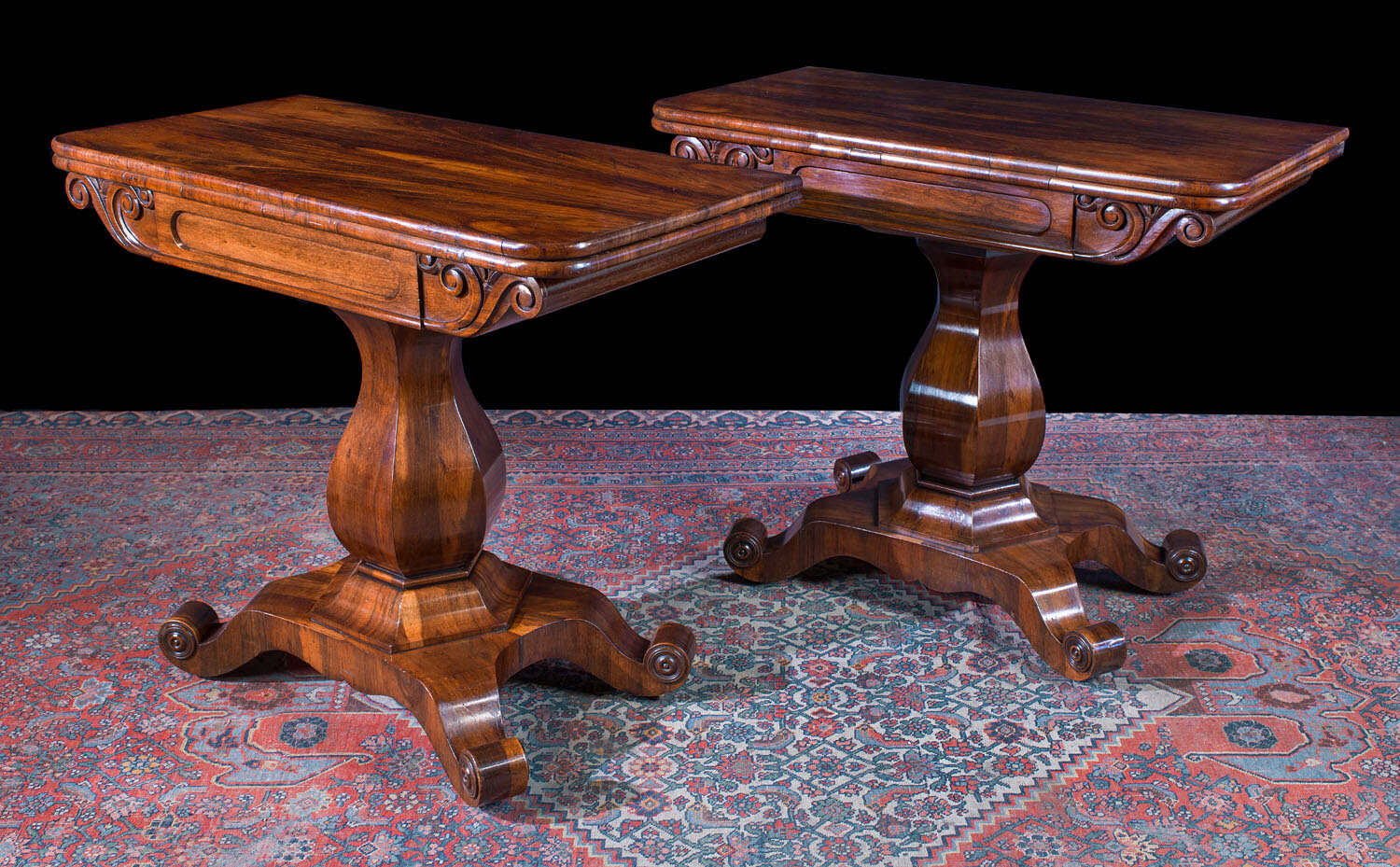
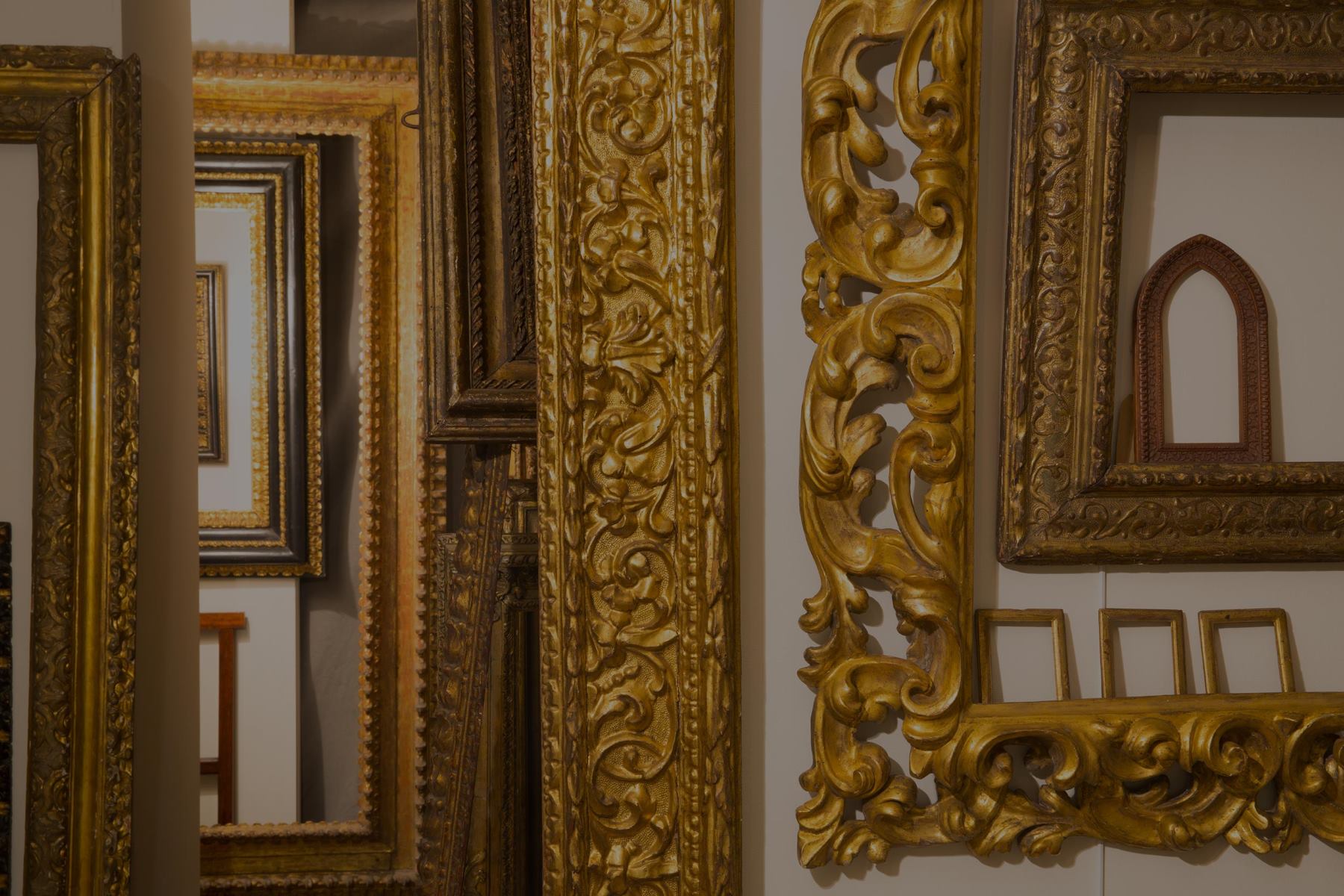
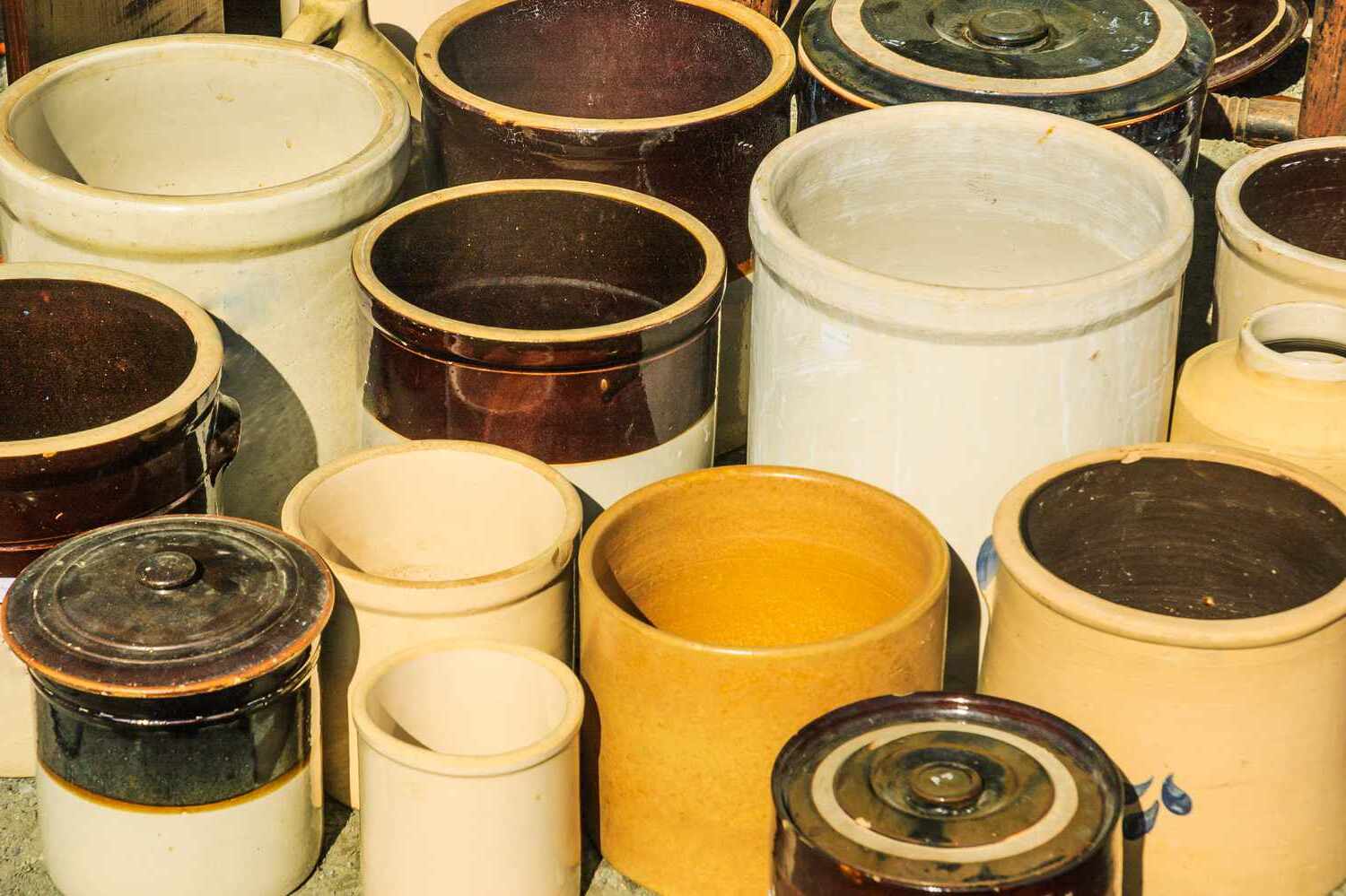

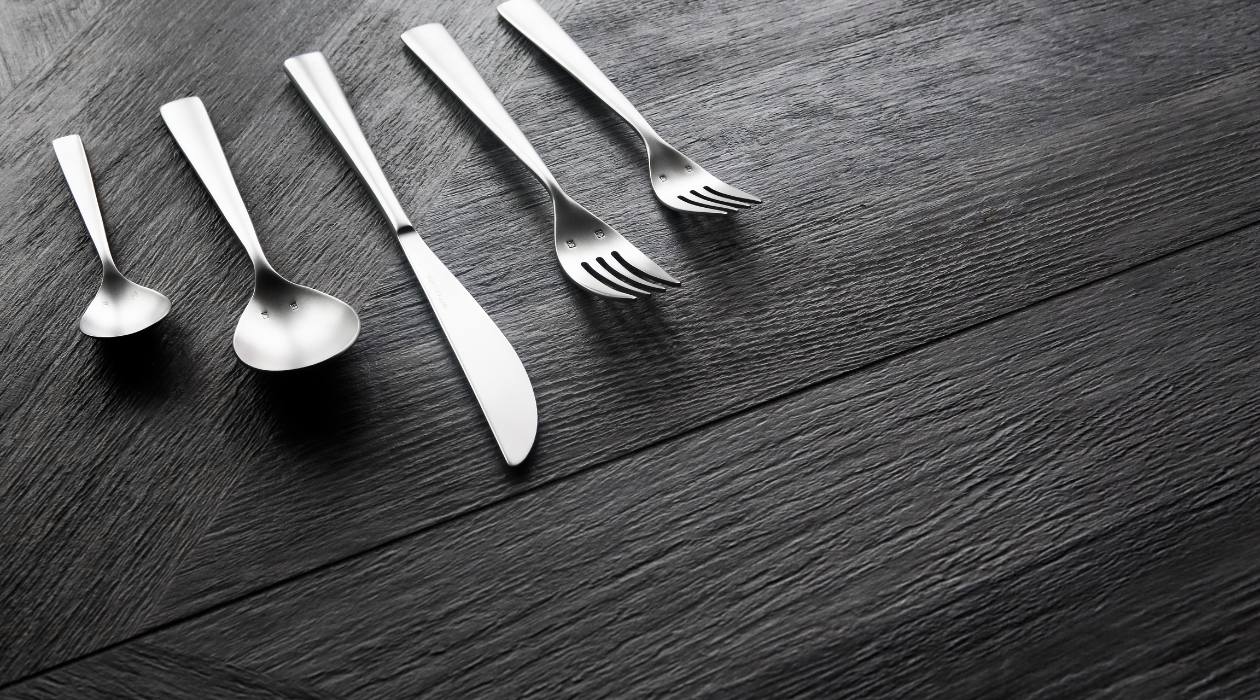


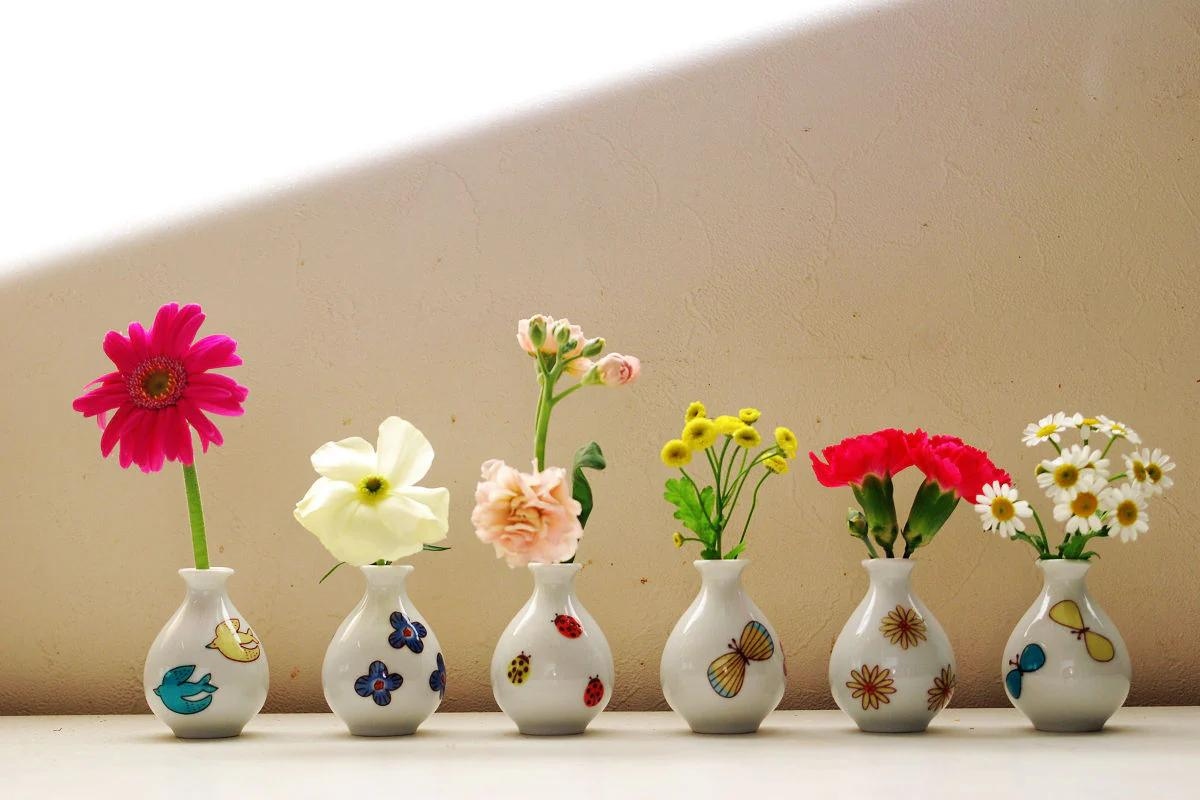
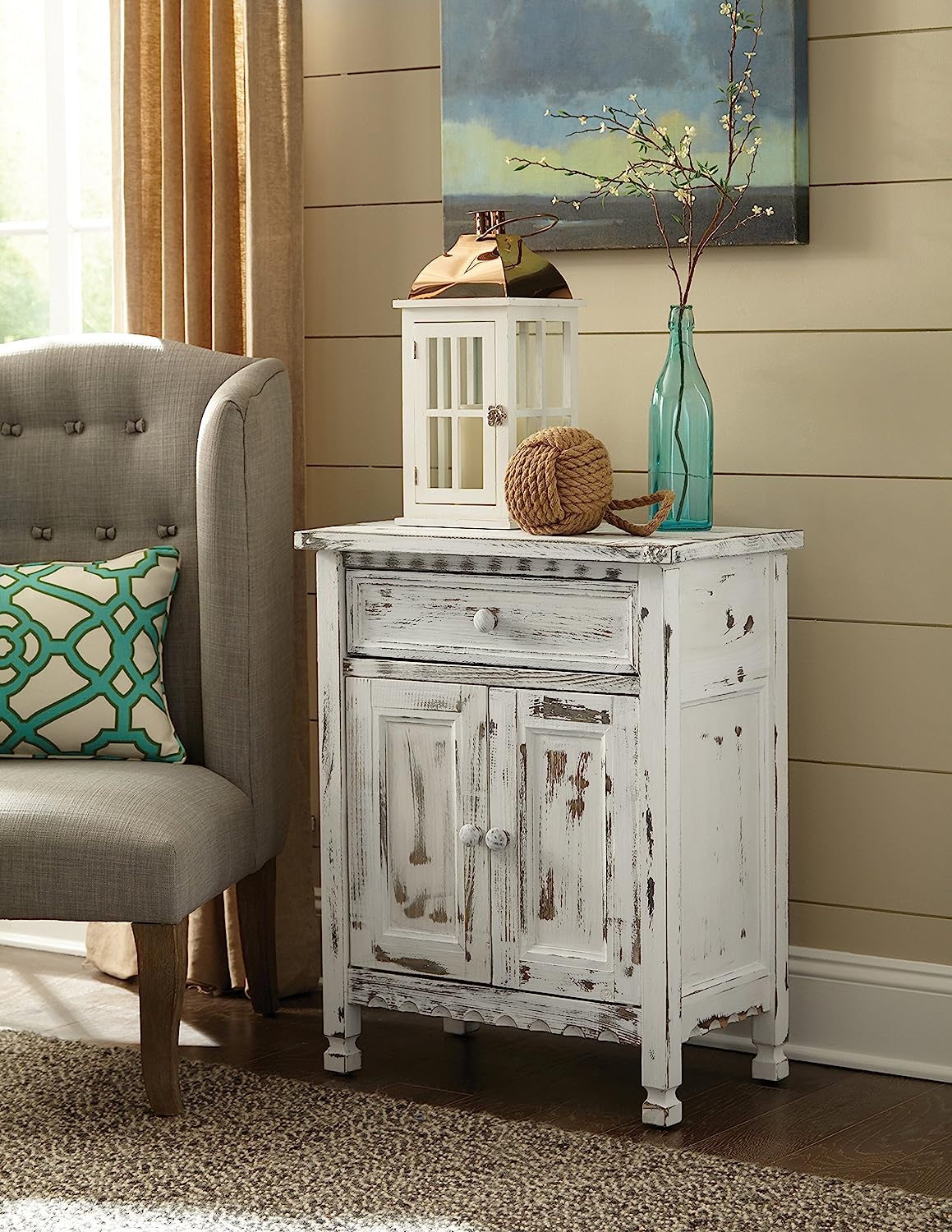
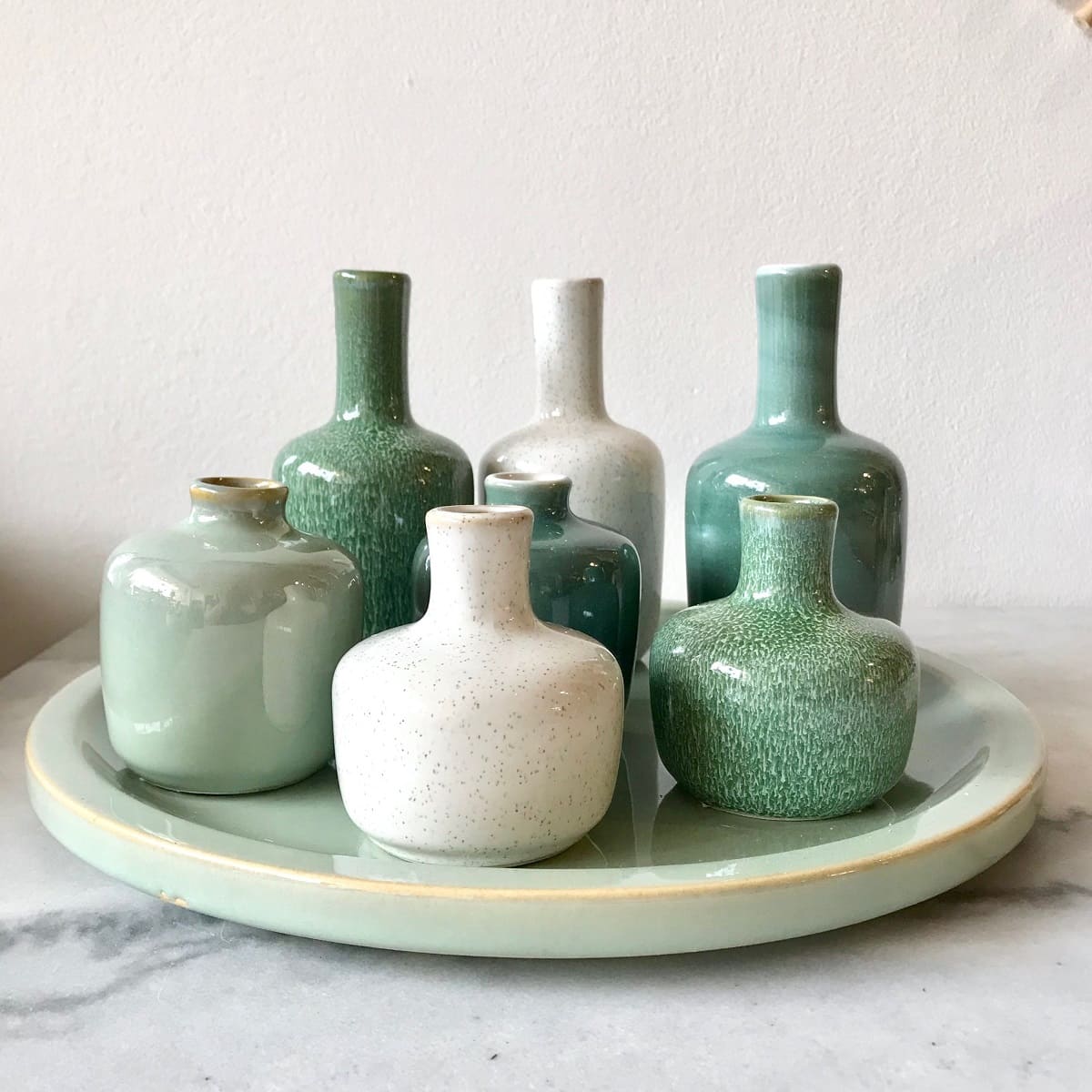
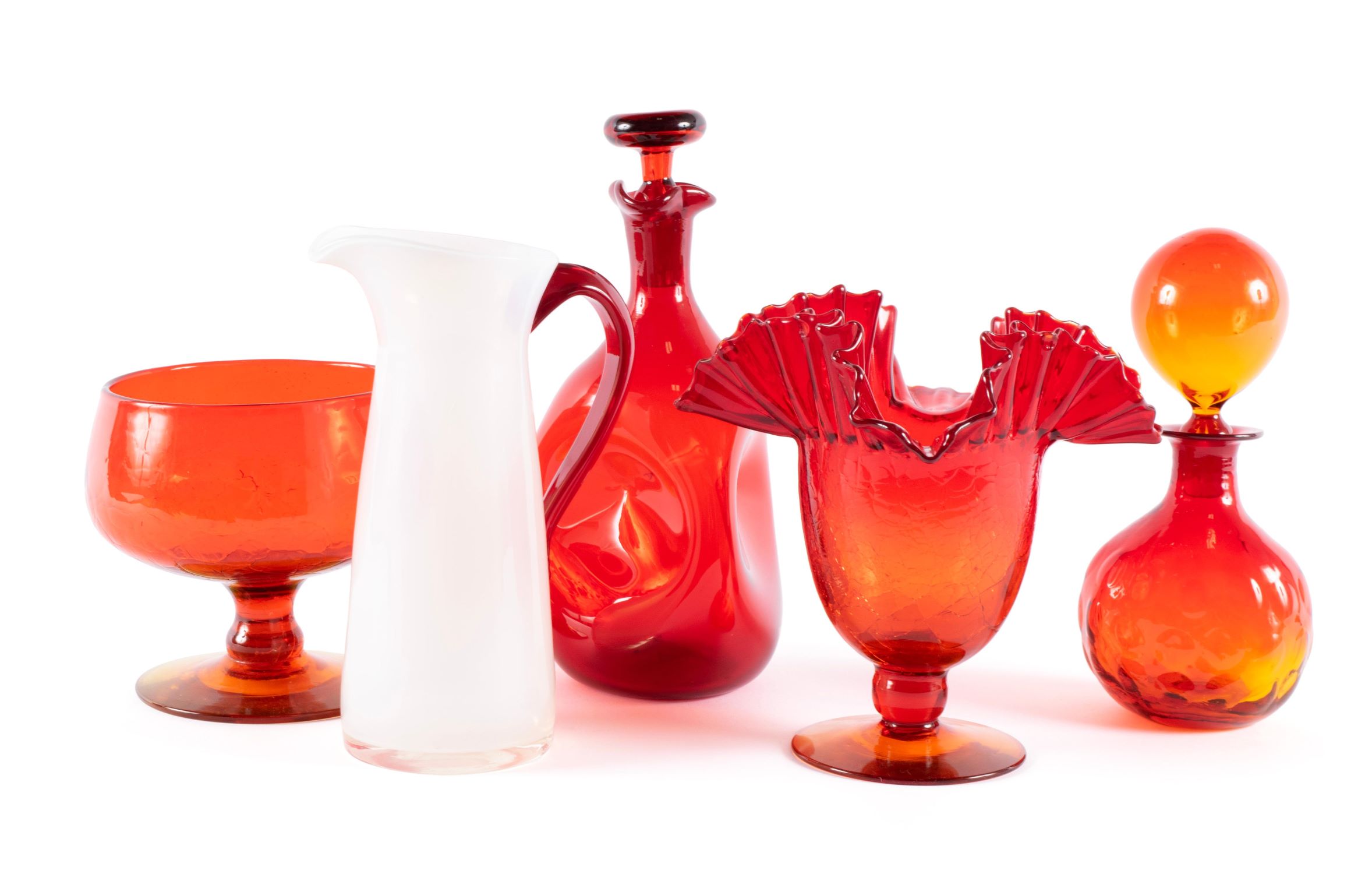
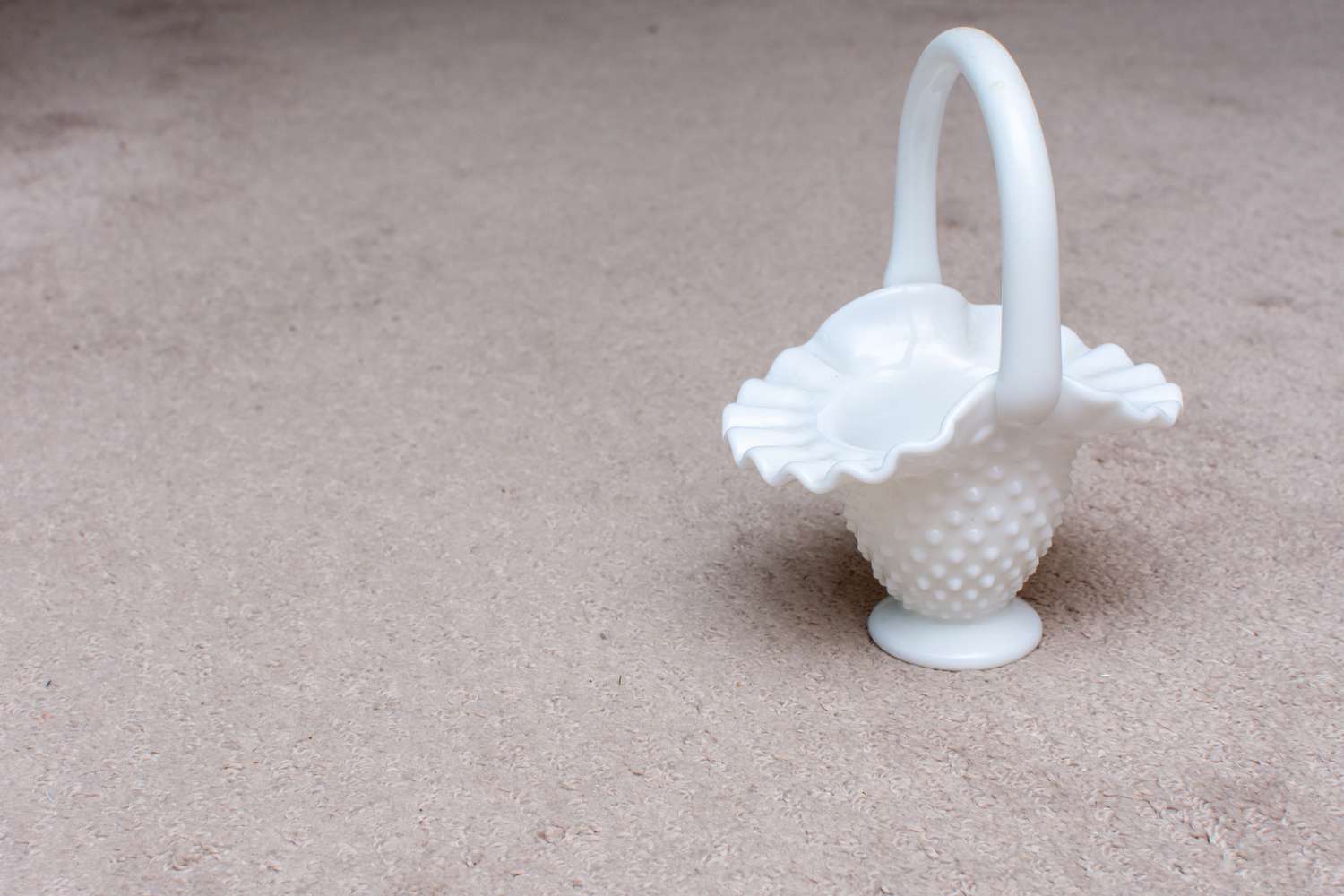
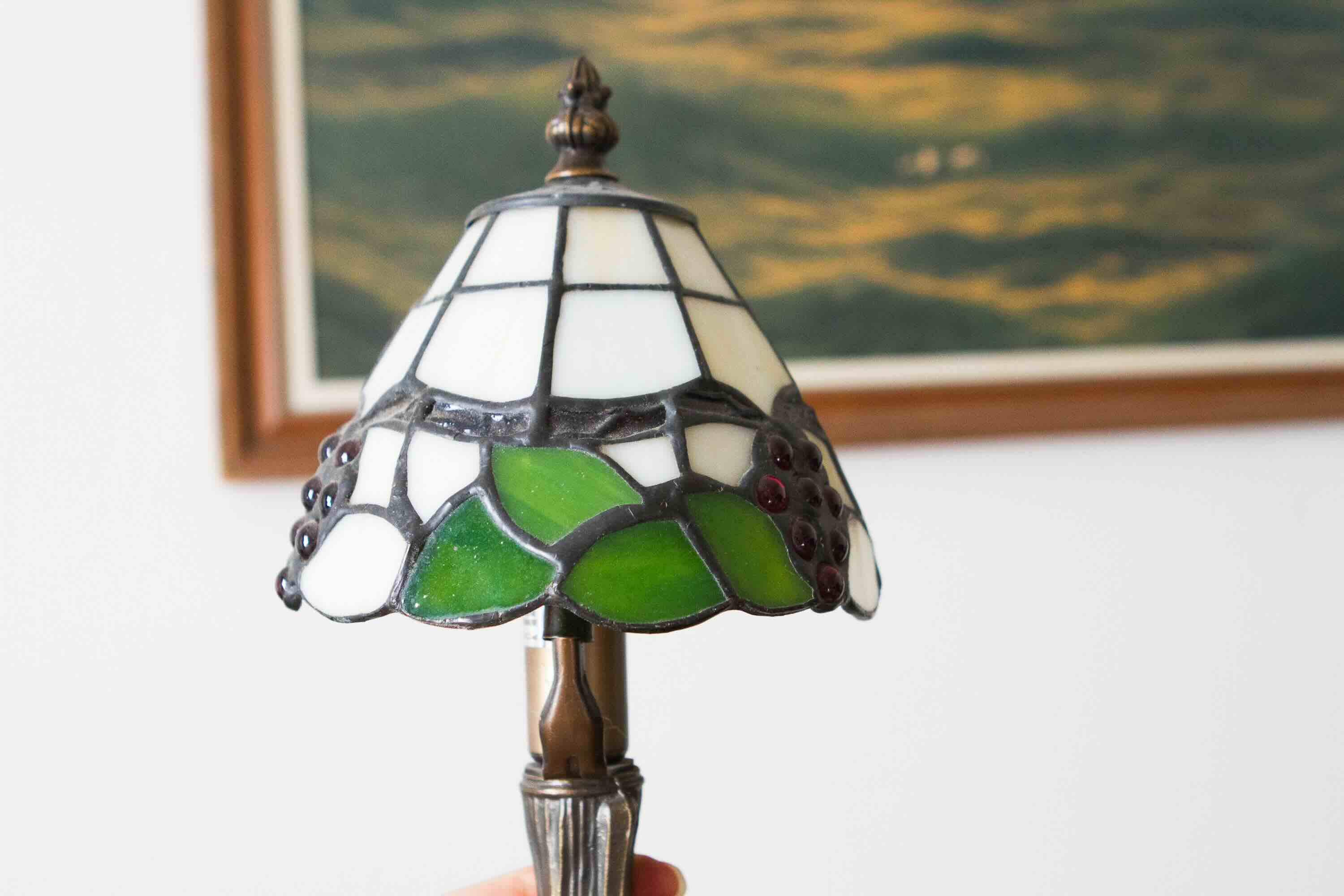
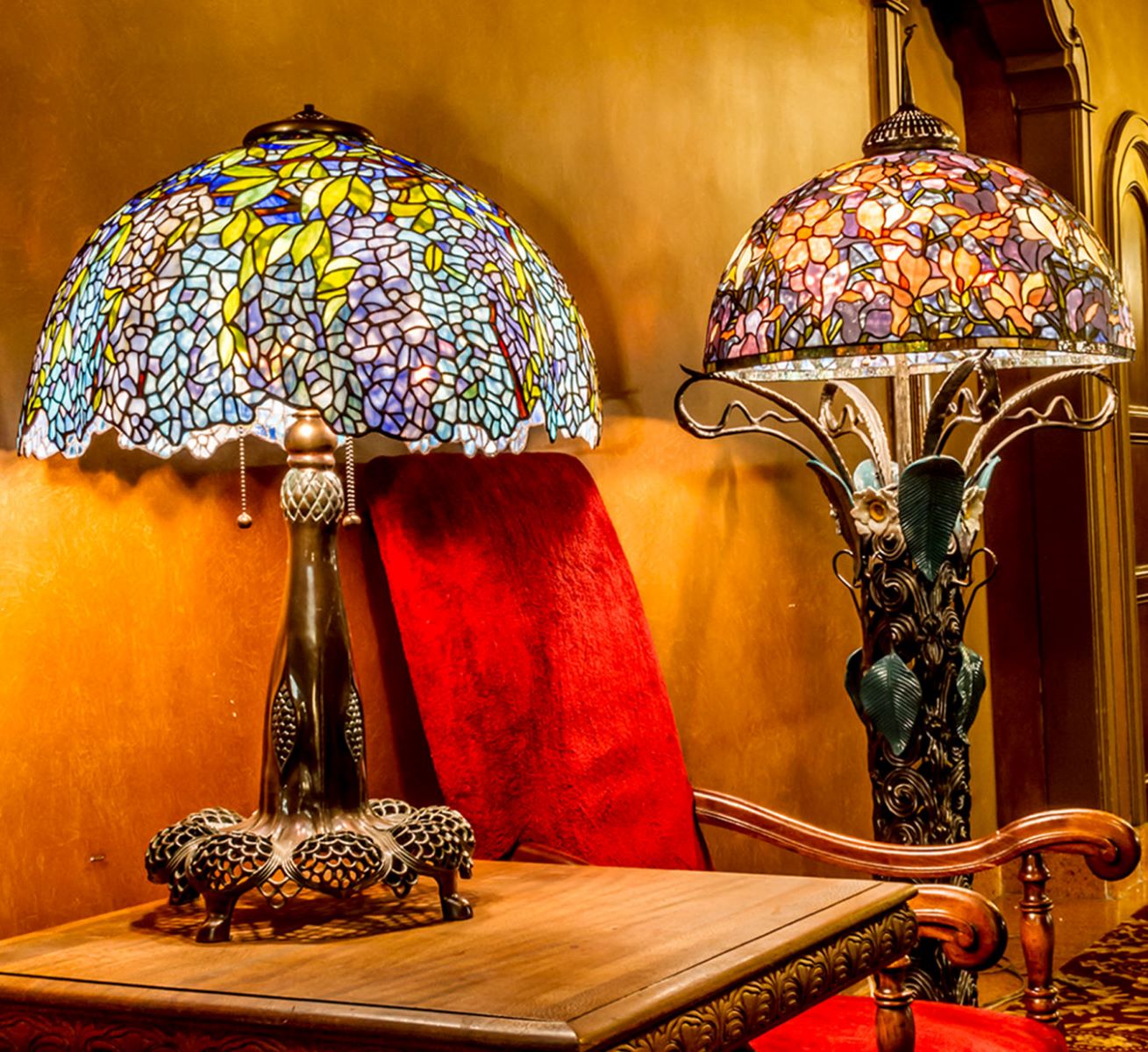

0 thoughts on “How To Identify Antique Vases”